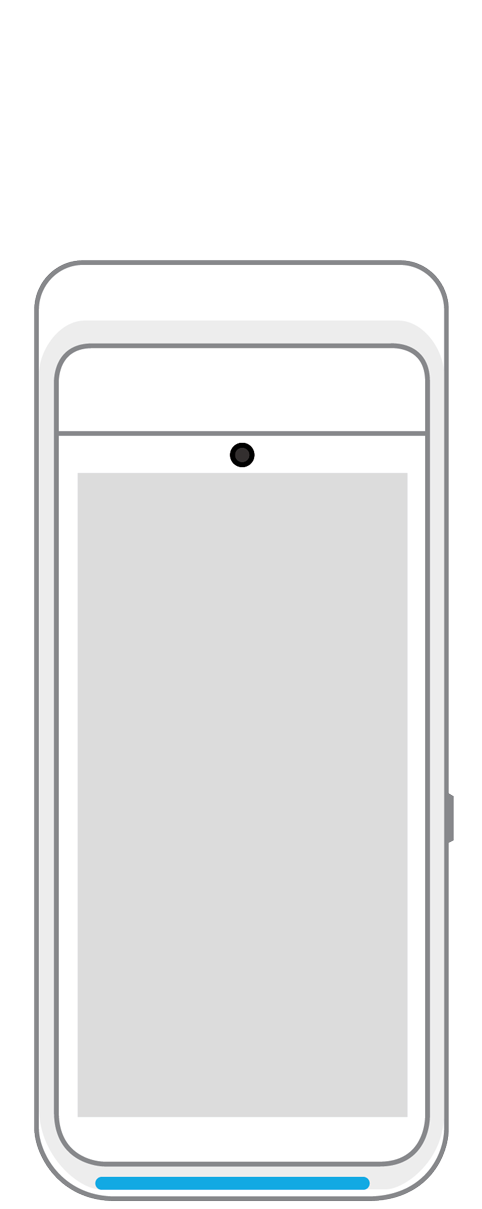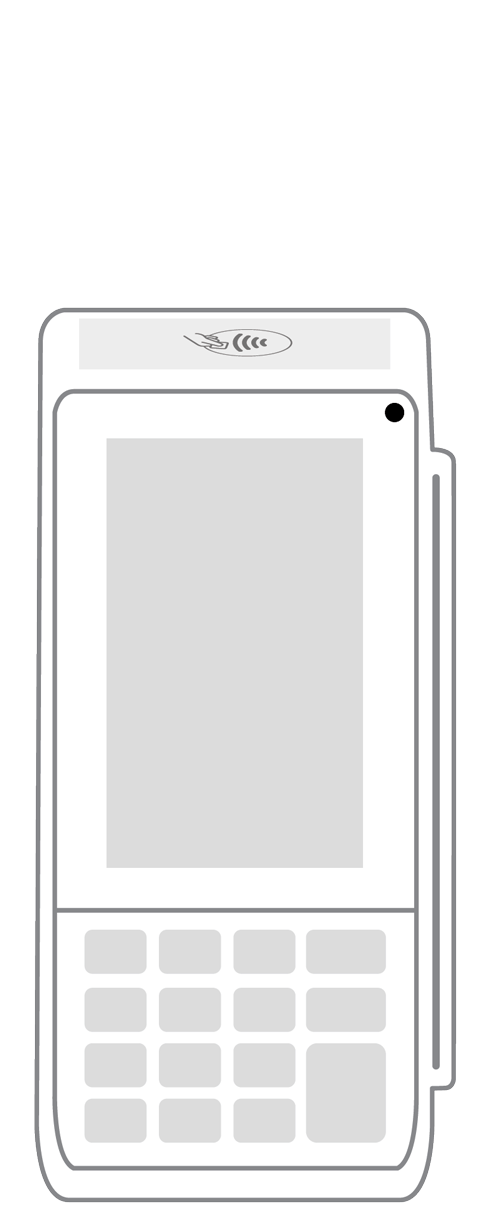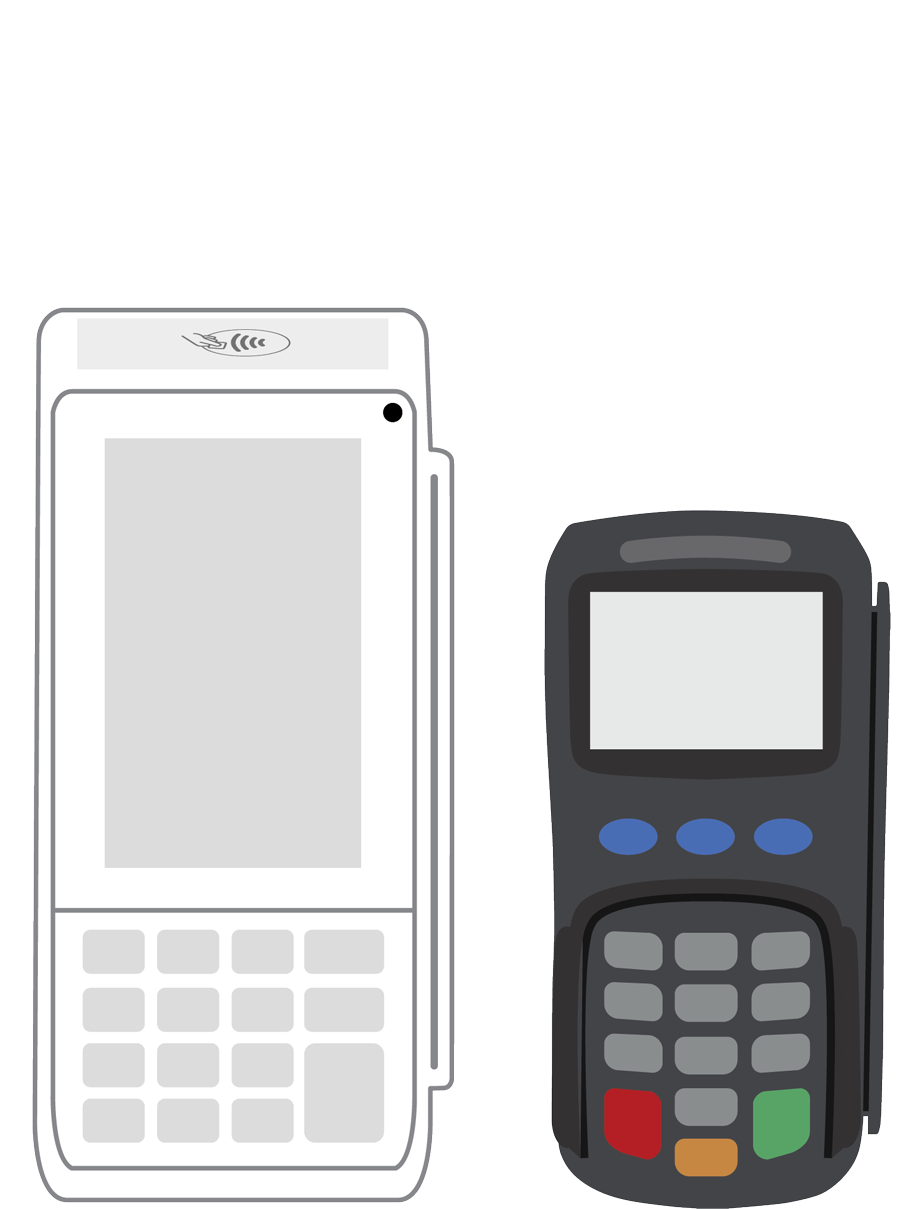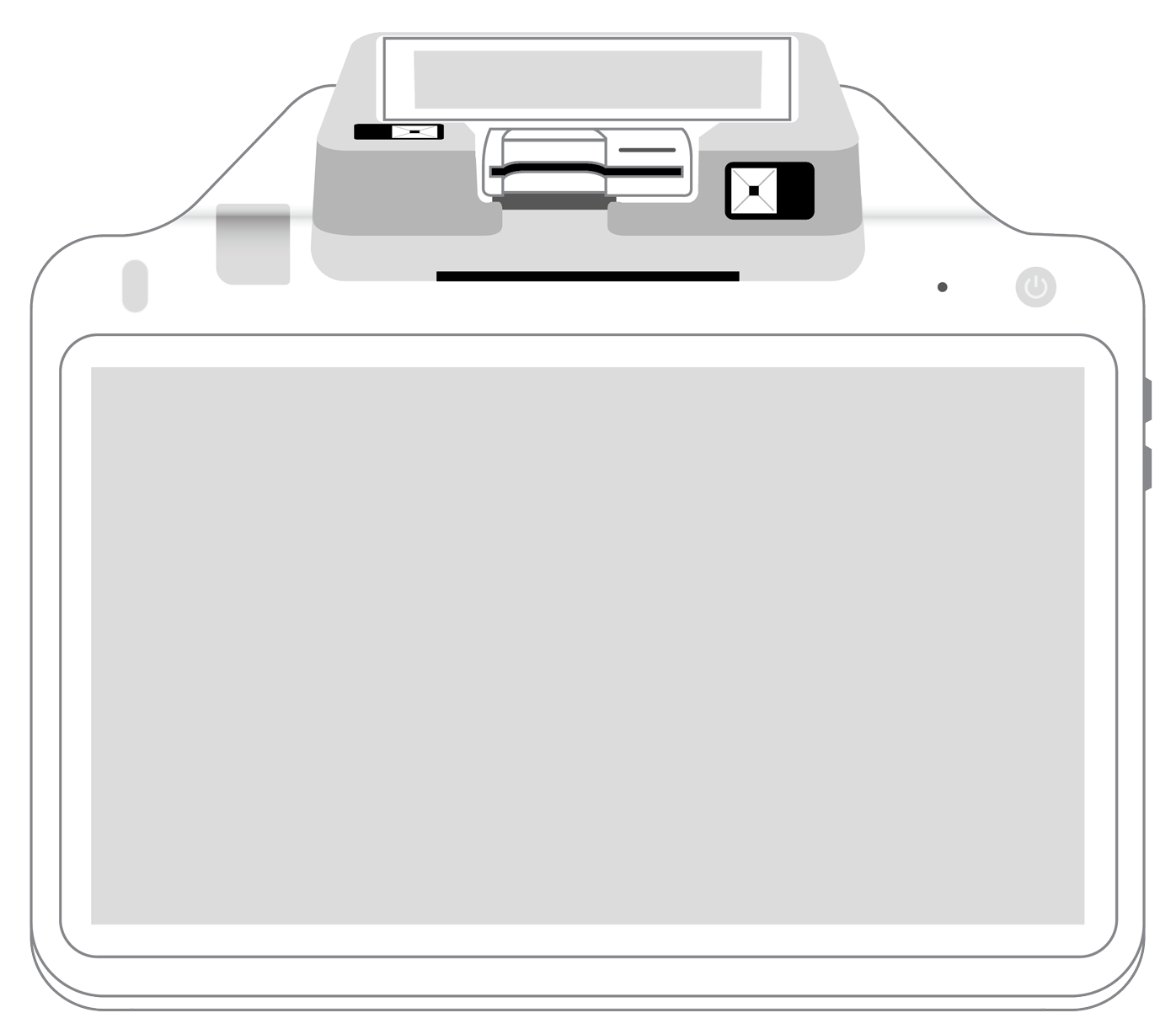6 ways to use customer data to benefit your business.

As a business owner, you are virtually hard-wired to think of your customers in a very specific way: As the source of your profits. While this is undeniable — after all, your enterprise would fail if not for the money your customers spend — dollars are not the only gifts your buyers have to give you. In fact, one of the most important insights you can gain for your business has to do with the underlying information about the consumers who spend their hard-earned dollars on what you sell.
How your POS solution can propel your sales to the next level.
Most likely, you have invested in an updated point of sale (POS) solution in recent years. No longer simply a glorified cash register, today’s POS systems are packed with a vast array of features that can streamline virtually every aspect of your operations. With just a few clicks, your POS can generate reports on your employees, inventory, customers, accounting activities. and much more.
Put inventory reporting to work for you.
There is a lot more contained in information about your stock than simply how much of a particular item might be bought during a set period of time. Most likely, your POS is equipped to give you a great many additional details that you can use to tailor your offerings to suit your target market. These include the following:
- How much of each item was purchased.
- Where and when customers made their buys, enabling you to get specific data about different store locations, as well as purchase dates and times.
- What items were returned or exchanged.
The most important set of inventory-related data has to do with optimization. In other words, keeping track of who buys what and when enables you to always have the products on hand that customers want and, by the same token, to carry fewer quantities of items that do not move quickly off your shelves.
Leverage details about your products.
Learning about the specific pieces of merchandise that have grabbed buyers’ attention can give you a great deal of usable information. Fortunately, your POS is probably already gathering the following details:
- Which items are often bought. Having this important info can enable you to assemble compelling product bundles that are sure to attract future sales.
- Each customer’s order history. If you know what someone has spent money on in the past, you can encourage them to not only buy it again, but also to potentially grab goods that are similar or that can be used in conjunction with a previous purchase. For example, if someone bought a winter coat from you two months ago, it stands to reason that they might be in the market for a hat, gloves, or boots today.
- In-depth data about what products or item categories are selling well. With this information in hand, you can do some exploration as to what is making that particular piece of merchandise or grouping of items so popular. If it is made by a particular company that has recently gained positive buzz, you might consider expanding your catalog to include more of what they are selling.
- Details about returns and exchanges. Your reports can highlight what specific goods are being returned and exchanged most frequently. What’s more, you can even identify which of your clients have a habit of bringing back or exchanging items.
Collect employee performance information.
The people who work for you function as a vital bridge between you and your customers. It stands to reason that sales associates who are performing well are providing that essential combination of active listening, rapport, and targeted product information that leads to elevated sales numbers.
Your reports can furnish you with numerous helpful nuggets when it comes to your staff. They include:
- Which associates have the highest total sales numbers.
- The optimal number of employees to be working at any given time. For example, your report might show that there is no appreciable increase in sales when four representatives are on the floor than when there are only three. This will enable you to make intelligent decisions when building your schedule.
Tailor product promotions to suit predicted customer needs and wants.
Since your POS reports have showered you with a wealth of useful facts about who is buying what products and at what times of the year, why not take those facts and run with them when the time comes to create your next marketing promotion? You yourself may have had the experience of receiving an ad that seemed to anticipate your desire to make a purchase in the upcoming days or weeks. You may have wondered how the merchant could possibly have guessed your intentions.
While it is certainly possible that the whole thing was a coincidence, it is instead quite likely that a savvy merchant perused their POS reports, learned that you had bought or scouted out a related product in the recent past, and made an educated guess that you might be persuaded to complete or augment that purchase in the near future. Today’s detailed customer metrics make it easy for sellers to forecast to an incredibly accurate extent the behaviors of their valued customers.
Take advantage of your POS’s database function for deeper customer relationships.
With just a few pieces of information collected seamlessly by your POS, you will soon be capable of conducting the following important tasks:
- Sending targeted emails and product promotions to all your customers or to relevant subsets of your customer base.
- Providing personalized product recommendations based on consumers’ past purchases.
- Using data about collective customer shopping habits to send out mass promotional emails, blogs, newsletters, and product demos.
Once you have begun to incorporate these techniques into your business model, you will find that your clients feel more connected to your brand. Although they have many choices of where to spend their money both locally and around the globe, they will be more likely to remain loyal to your store. After all, it is you who have made the effort to truly get to know them and anticipate their needs.
Make predictions about sales trends.
In spite of your best efforts as a business owner, there are numerous variables that you cannot plan for or avoid. Natural disasters and global pandemics are just two that come to mind. However, that does not mean that you should not make the most of the rich wellspring of information that is at your disposal. After all, your POS reports can help you foretell what will probably sell and what will not.
Relevant data to keep an eye on can include the following:
- Peak hours and days when items sell.
- What items have the highest and lowest rates of returns and exchanges.
Although there are many events that you simply cannot foresee as an entrepreneur, sales data is not one of them. In fact, this critical info acts just like a series of well-placed bread crumbs that can guide you toward sustained success.
When you first started your business, your customers were probably at the top of your mind. Who they were, what they wanted to buy, and how you could attract them (and keep their loyalty) drove virtually every decision you made. Now, with today’s enhanced measurement and diagnostic tools, you truly are in the driver’s seat of your business. Don’t wait another day to harness the power that lies within your POS system and the robust set of reports it can quickly creat
More from Business tips
 3-in-1 Reader |  Terminal |  Keypad |  PINPad Pro |  Flex |  POS+ | |
|---|---|---|---|---|---|---|
Payment types | ||||||
EMV chip card payments (dip) | ||||||
Contactless payments (tap) | ||||||
Magstripe payments (swipe) | ||||||
PIN debit + EBT | ||||||
Device features | ||||||
Built-in barcode scanner | ||||||
Built-in receipt printer | ||||||
Customer-facing second screen | ||||||
External pinpad | ||||||
Wireless use | ||||||
Network | ||||||
Ethernet connectivity | With dock | |||||
Wifi connectivity | ||||||
4G connectivity | ||||||
Pricing | ||||||
Free Placement | ||||||